Update from the Field: A Burning Question
Posted by Dave Dyson, Agronomist on July 07, 2021

The season for nitrogen sidedress on corn has begun. If field conditions are less than ideal and the corn grows too tall rapidly, we could be in trouble. Much of the eastern Corn Belt has received excessive amounts of rain recently, resulting in questions regarding applications of nitrogen. Applying nitrogen directly to the soil is the safest method for applying high quantities of nitrogen. Unfortunately, it is difficult to apply nitrogen low enough in the canopy to not burn the crop’s leaf tissue, unless applying with Y-Drops. Y-Drops may prevent the tissue burn, but they will not help nitrogen loss due to volatilization or leaching due to excessive rain.
When large quantities of nitrogen are applied to a crop’s leaf tissue, free ammonia is released and will burn any tissue that encounters the liquid fertilizer. There is a portion of urea in UAN. This urea is subject to volatilization if not incorporated into the soil within 24 hours due to the urease process that occurs in the soil. One of the main nutrients that are required for the urease process to occur is nickel; without nickel volatilization will not happen. If there was a way of “sequestering” nickel in the soil, this would provide enough time for a rain event to incorporate the UAN below the soil’s surface, preventing the loss of nitrogen due to volatilization.
The Andersons offers UltraMate® LQ or UltraMate Zn liquid humate products to add to sidedress applications. UltraMate LQ or UltraMate Zn will carbon chelate the nitrogen applied, preventing the free ammonia from burning the crop’s leaf tissue, Figure 1. The 12% humic acid in UltraMate LQ or UltraMate Zn will sequester nickel in the soil preventing the urease process form occurring. The carbon chelation process will help prevent nitrate from leaching out of the root zone. UltraMate Zn also contains zinc, providing additional benefits to the crop. UltraMate LQ or UltraMate Zn can be applied over the top, sidedress, Y-Drops, and through irrigation.

Figure 1: This picture was taken at the Waterloo, Indiana corn test plot, 5 days after an application of UAN. 50 gal/ac of 28% was applied over the top with streamer nozzles, with the addition of 1 gal/ac of UltraMate LQ. The addition of UltraMate LQ prevented the tissue on the corn from burning.
In conclusion, adding UltraMate LQ or UltraMate Zn to nitrogen applications will reduce leaf tissue burn. The addition of UltraMate LQ or UltraMate Zn to nitrogen applications will sequester nickel, preventing the urease process from occurring, helping keep nitrogen in the root zone.
FOR MORE INFORMATION:
Please complete the form, and we’ll get you in touch with your Territory Manager from The Andersons.

Dave Dyson is a regional agronomist for The Andersons’ Farm Centers which are located throughout Ohio, Michigan, and Indiana. He is an Indiana native and grew up on a dairy farm in Miami County. A graduate of Purdue University with a degree in Crop & Soil Science, Dave has a deep knowledge of various agronomic topics and is committed to helping growers improve their crops. If you have any questions, Dave can be reached at david_dyson@andersonsinc.com.
© 2021 The Andersons, Inc. All Rights Reserved. UltraMate is a registered trademark of The Andersons, Inc.


